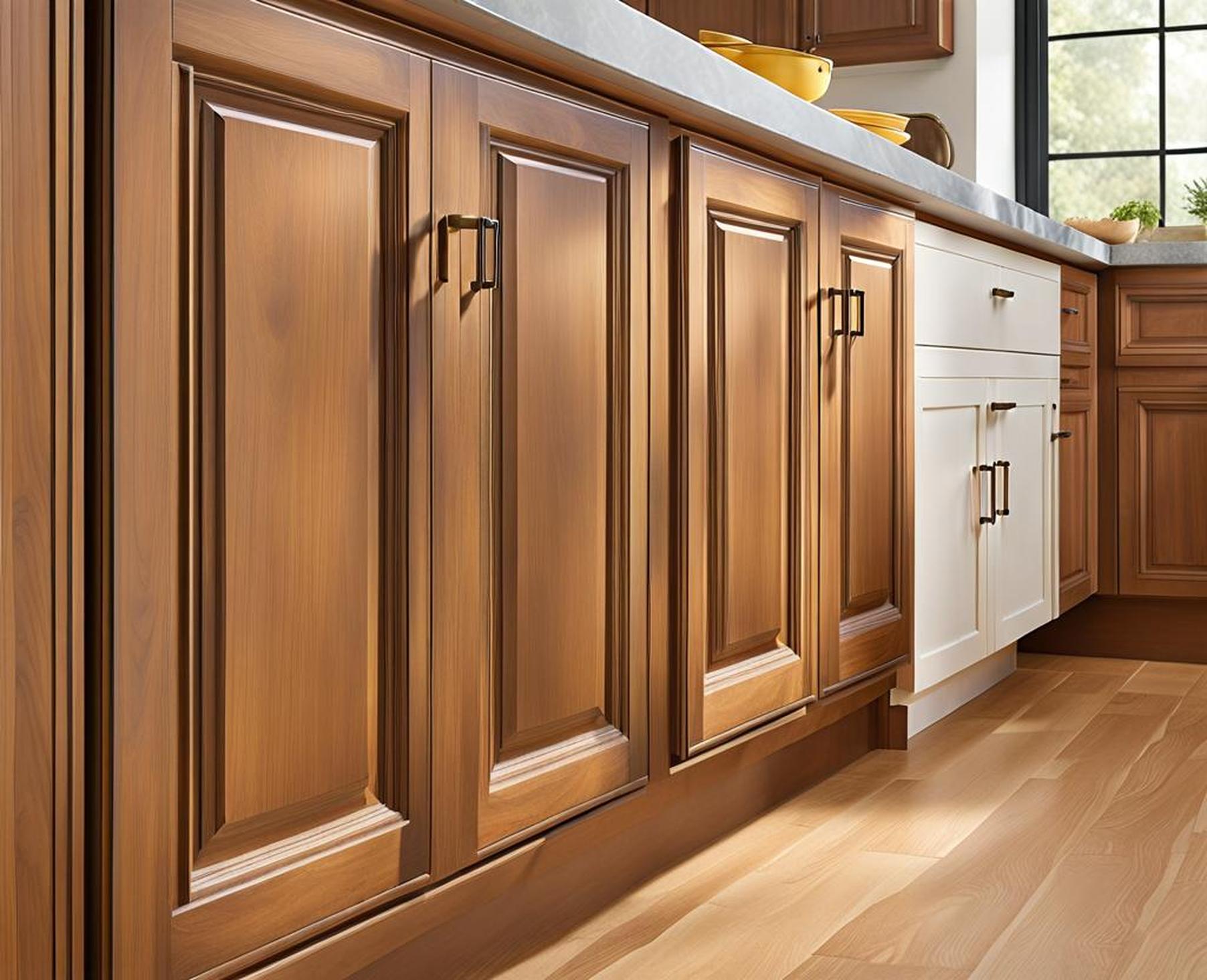Installing new handles can completely transform the look and feel of your kitchen cabinets. But simply screwing handles onto doors and drawers at random could create a haphazard appearance or worse – make them difficult to operate. Proper handle placement is key for both aesthetics and ease of use. Follow this comprehensive guide to strategically position your handles so you can grab-and-go with ease.
Why Proper Handle Placement Matters
Handles seem like a simple add-on, but their positioning affects more than you might expect. Well-placed handles enhance your kitchen in two important ways:
Aesthetics
Handles make up a visible detail that impacts the overall look of your kitchen. Consistent placement aligned with cabinet doors and edges gives a clean, uniform appearance. The positioning also affects the visual weight and balance. Centered handles flanking cabinet frames provide appealing symmetry.
Functionality
The right handle clearance from edges and alignment with drawer slides ensures easy operation. Straight pull access when opening or closing prevents awkward maneuvering or hand slippage. Optimally positioned handles simply make cabinets easier and more comfortable to use.
Factors to Consider Before Installing Handles
While general guidelines provide starting points for handle placement, several factors play into the ideal positioning for your specific kitchen.
Hinge Location
For standard cabinet doors, handles should go on the side opposite from the hinges. This allows proper hand clearance when pulling the door open or closed. Interference with hinge screws also isn’t a concern on the handle side.
Handle Orientation
The orientation of handles depends on their cabinet application. Handles should be placed vertically on full-length doors for easiest access from top to bottom. Full cross-body motion engages arm strength for smooth operation. For short drawers, horizontal positioning allows the best grip and leverage to pull contents outwards.
Intended Usage
Consider what you will store inside each cabinet when planning handle placement. Deep pots or pan lids require extra vertical clearance, for example. Also factor in who will access the contents – children may need lower handles while wheelchair-height should align with seated users.

Measuring for Proper Handle Placement
Use a few key measurements tailored to doors vs. drawers when marking your handle positions.
Door Handles
For centered door handles, first measure the distance between the top and bottom of the actual handle hardware. Then make a light pencil mark measuring the same distance in from the top edge of the door front. Repeat for the bottom edge marking. This ensures balanced vertical alignment.
Drawer Handles
Mark equal horizontal spacing from the edges of the drawer front for a clean, proportional look. Make sure to allow comfortable clearance – around 2 inches (50mm) from edges – for fingers to grip around the handle edges when pulling out contents.
Technique for Accurate Handle Positioning
Follow these steps for precisely installing handles in your measured locations:
Gather Needed Tools
Having these supplies on hand will make installation easier:
- Tape measure
- Pencil
- Power drill (cordless offers more mobility)
- Phillips screwdriver bit
- Cabinet handle hardware
Mark Precise Locations
Lightly mark the desired handle positions on your cabinet doors and drawers. Double check all measurements before drilling to ensure accuracy.
Drill Pilot Holes
Drilling starter holes prevents the mounting screws from splitting cabinet door material. Pilots also allow screws to grip and hold firmly in place.
Installing Different Handle Types
From simple round knobs to sleek bar pulls, cabinet handles come in endless styles. Each mounts slightly differently:
Knobs
Basic round knob handles use a single screw, often included with purchase. Cabinet doors may require a screwing a shank bolt from the inside face for the knob to thread and fasten onto.
Pulls
Long straight bar-style pulls require through-holes for machine screws to pass all the way through the door width. Their extended grip area accommodates wide spanned hands.
Bars
Architectural hardware like square or curved bars have pre-drilled marks for multiple screws mounting the piece flat against the door. Good for extra support on wide doors and drawers.
Achieving Visual Harmony
For a cohesive aesthetic, apply these handle finishing touches:
- Mix metals or maintain the same uniform metal finishes throughout
- Choose the same consistent handle shape and mounting style (single screw, through-bolts, etc.)
- Opt for similar handle lengths and placements on comparable doors and drawers
After installing all cabinet hardware, assess the finished results:
- Test fully opening and closing doors to check for any catch or rub points
- Ensure smooth operation without sticky sliding or loose hinge function
- Realign any slightly off-position handles for visual uniformity
You can install cabinet hardware for optimal access and style with careful planning. Use these comprehensive techniques for handles placed just right.
